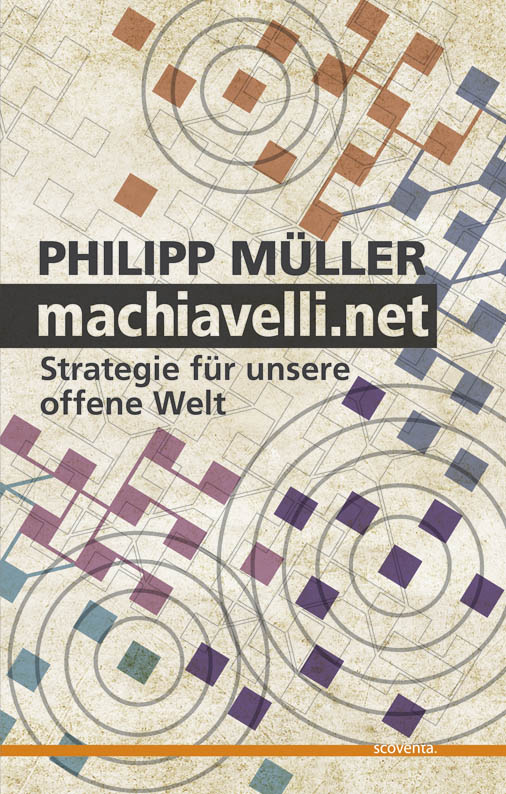What Mexico and the US need to learn from Europe after 1990
Larry Rohter writes about Mexico and the US in the New York Times today,
Today, like it or not, the two countries are bound together inextricably in ways that would have been unthinkable during my time here. There is an old expression here, originally applied to economics and trade, that says “when the United States sneezes, Mexico catches cold.†The events of the last month suggest that the reverse may also be literally true. Or, as Jorge Castañeda, a former foreign minister who now teaches at New York University, put it: When it comes to living together, “Mexico has no choice, and Washington has no choice, period.â€
This seems a fairly obvious point. However, it is underappreciated in policy circles of both countries. Mexican and US policy makers need to push their historical pet grievances to the side, spend more time studying the integration of Poland, Hungary, the Czech Republic, and other Central and Eastern European countries into the European Union to figure out, how to move foreward. What is really needed to make this possible?
 Author of machiavelli.net, proud father of three, interested in shaping network society. Welcome to my blog.
Author of machiavelli.net, proud father of three, interested in shaping network society. Welcome to my blog.
We’ll not see an EU-like integration of the two countries soon. The neighborhood policy of Europe is therefore the better model for the US-Mexican relationship. It would be less helpful for Mexico (and for the US on the long run) but it would have a slightly bigger chance to get implemented – even though the resistance would be fierce. US citizens are not interested in Mexico – and the Mexicans don’t trust the US at all (just remember the rumors about amero and the NAU).
We’ll not see an EU-like integration of the two countries soon. The neighborhood policy of Europe is therefore the better model for the US-Mexican relationship. It would be less helpful for Mexico (and for the US on the long run) but it would have a slightly bigger chance to get implemented – even though the resistance would be fierce. US citizens are not interested in Mexico – and the Mexicans don’t trust the US at all (just remember the rumors about amero and the NAU).
a policy of baby steps would be more suitable in my opinion. First step should be a decent immigration reform, along the lines of the one proposed (and then defeated by the Senate) of the Bush administration, the second step would be an update to NAFTA (but towards more openneness, not the other way around), and then to be followed by steps to provide capacity building for the Mexican judiciary system and law enforcement as well as supporting border-region economies to provide alternatives to the drug trade. Only once policymakers and stakeholders get a better view of the advantages of integration will they support formal integration through something that might in 50 or 100 years be a North American Union or something
a policy of baby steps would be more suitable in my opinion. First step should be a decent immigration reform, along the lines of the one proposed (and then defeated by the Senate) of the Bush administration, the second step would be an update to NAFTA (but towards more openneness, not the other way around), and then to be followed by steps to provide capacity building for the Mexican judiciary system and law enforcement as well as supporting border-region economies to provide alternatives to the drug trade. Only once policymakers and stakeholders get a better view of the advantages of integration will they support formal integration through something that might in 50 or 100 years be a North American Union or something